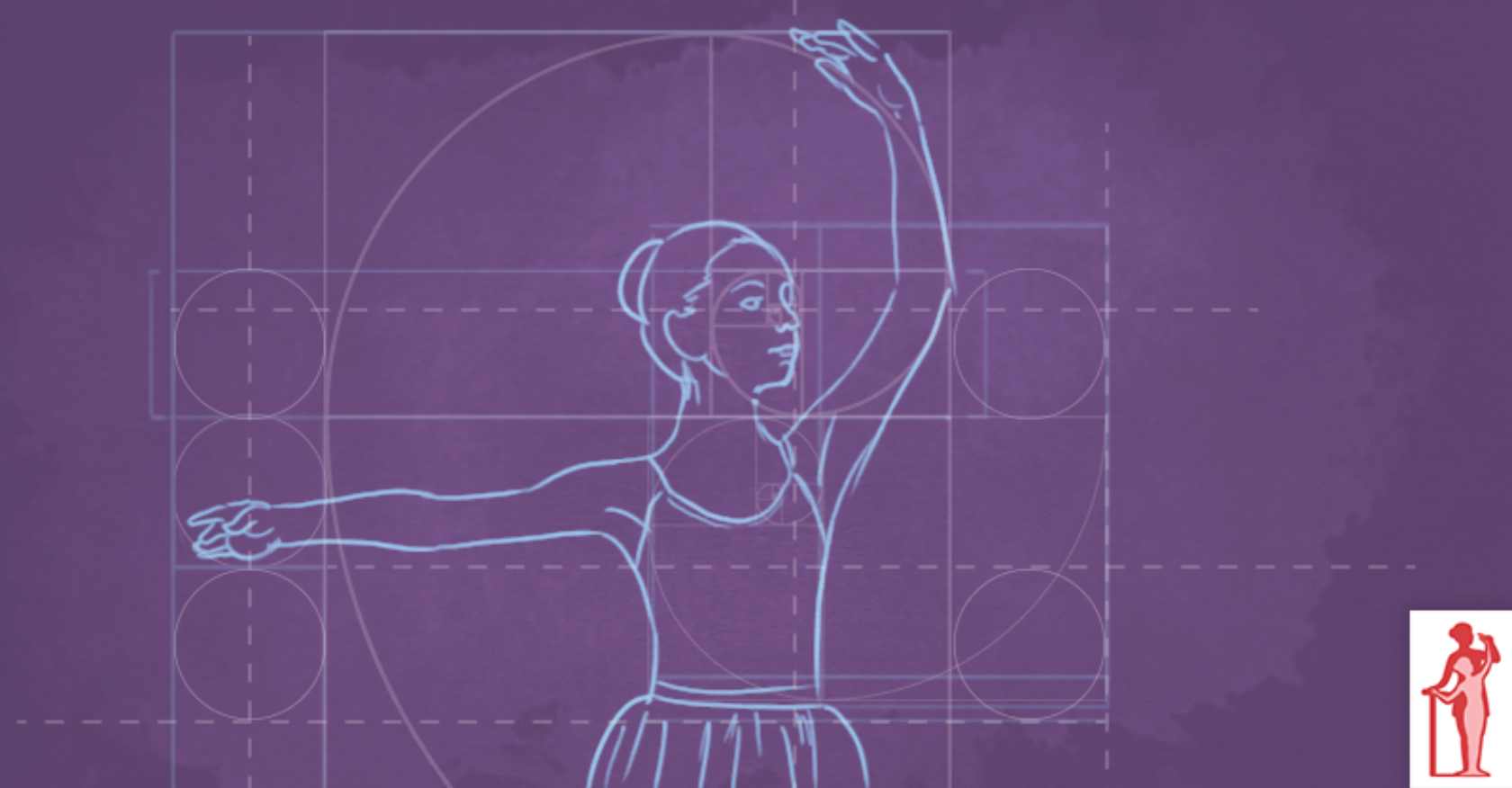Coordination is not one of those principles dance teachers want to overlook. If left unchecked, our students could grow up without the proper coordination skills they need to progress accordingly as dancers. Ruth Brinkerhoff devoted an entire teacher manual, called “Coordination for Ballet“, to the principles necessary to understand and teach coordination correctly. She explains how each level of coordination builds upon itself in the growing years of our young students. How do we develop truly coordinated dancers, and why is that important?
How do you know if a student is “uncoordinated”?
Most people, when asked to explain coordination, refer to the controlled use of arms in opposition when walking, running, marching, etc. Someone who is uncoordinated may run into things, not have their movements under control, look clumsy, etc.
For the purpose of this article, we will assume that normal coordination is actually present in every person. Those who appear uncoordinated simply lack movement experience, or their coordination has not been used enough to become secure and observable in some movement situations.
Example: Imagine a person knowing how to drive a car, but who doesn’t practice it enough to pass the driving test!
Allow Time for The Process to Take Place
As dance teachers, we want this unused coordination to become an observable part of the student’s outward behavior.
It is hard to be patient with this process. We want our classes to look good. We want students to learn the material, and to look like they have learned it. Not only that, our artistic sense that knows how the finished dance product should look, wants it to happen now!
As dance teachers, we are also dancers, performers, artists. Any awkwardness or lack of observable coordination grates on our sense of artistry like an unresolved musical discord.
There is no “magic bullet”, no one exercise that will solve all coordination problems for all students, within just a few lessons. But, the good news is that we can make a difference!
Coordination is Developmental
Each stage of development is built on the foundation of all of the previous stages. All of the stages overlap. It is an extremely complex process that is programmed by nature into each and every one of us.
When a new stage of development starts, all of the previous stages must be reinforced and strengthened at the same time the new stage is being learned.
As adults, we have the potential for all of the basic patterns of coordination within us. All stages of development are constantly being used as is appropriate to the situation, and they are continually being strengthened by this use.
Learning Ballet is Developmental
It, too, is a very complex process! Ballet also requires that previous skills be reinforced and strengthened whenever a new skill is learned. It it very unwise to skip over any of the steps.
Example: Before building a house, you make a plan. A house begins with a foundation. A certain strength in the foundation is needed in order to support a one story house. Later, if you wish to build a second story on top of that same house, you have to strengthen the foundation so it will not collapse from the extra weight. And, you must also extend and refine the connections involved: electrical, plumbing, heating, etc.
That’s exactly what we do in the teaching of ballet. In teaching the grand battement, we do not stop doing the battement tendu, and the battement degagé or glissé. The underlying, smaller movements must continue to be strengthened and refined in order to support the new skill of the grand battement.
Strong grand battements lay the groundwork for beautiful grand jetés. All of the movement skills in ballet are connected to each other. The advanced skills are dependent upon a strong foundation of basic skills. These basics are never discarded. They are continually being refined and strengthened for as long as the dancer dances.
Providing for the child, teen, or adult to improve their coordination is no different from providing for them to learn the skills needed for good ballet. The process is the same; the material may differ according to need, but the process is the same, and the two skills can and should happen side by side.
Coordination is a working together of all parts of the self. It is purposeful movement, directed by the person’s intelligence, repeated until it becomes automatic and smooth. Dance teachers have been on track more than any other group, in providing for coordination to happen.
From “Coordination for Ballet” by Ruth Brinkerhoff, © The Ballet Source, 2017.
Learn More About Coordination in Ballet:


Comments
No comments for this post.
Add Comment